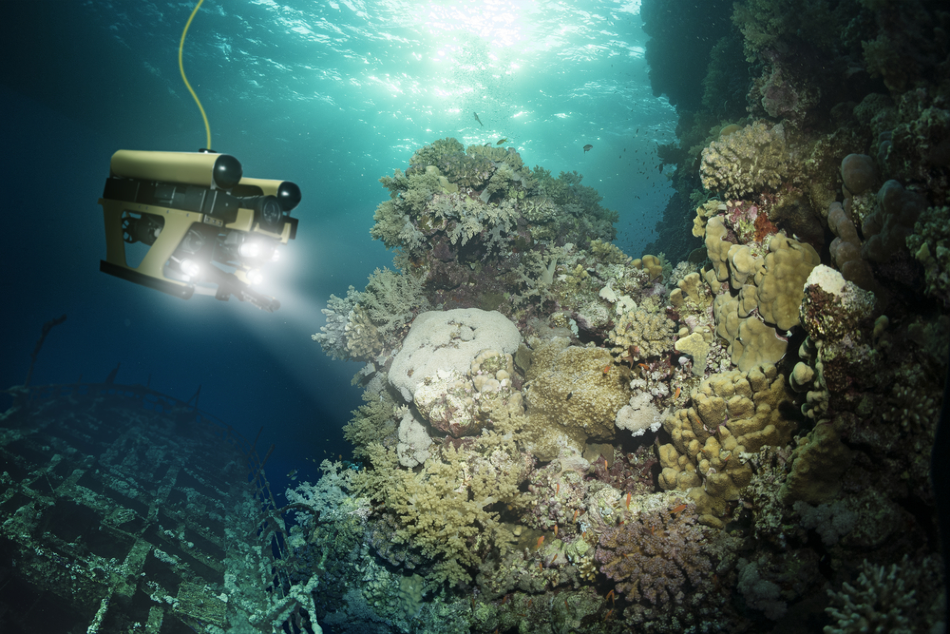Oct 1 2014

Image Credit: S.Bachstroem/Shutterstock.com
Article updated on 04/03/20 by Ben Pilkington
Robotic locomotion of movement is often inspired by biological locomotion systems perfected in nature. Movement in robots can be brought about by any part of the robot’s structure and is not restricted to just leg and wheel movement. Some submersible robot designs are inspired by snakes and are capable of fitting through constricted places and traversing through rough terrains as well as swimming underwater.
Submersible robots capable of swimming through water are commonly used to investigate underwater leakages in nuclear power plants. They are also used in the exploration of the deep sea and underwater cave systems, monitoring and cleaning in sewage systems, and other applications where manually controlled submarines or human divers would be impractical or unsafe.
Basic Principles of Underwater Robot
One submersible robot moves with the help of six thrusters, four for vertical motion and two for horizontal movement. A separate set of crawlers are provided for executing a crawling motion when required. These special crawlers help the robot to change its shape to avoid obstacles and for better maneuverability. The robot can change its shape up to 90° and is also capable of attaching itself to the walls of a nuclear plant by suction. This robot typically measures 330 x 605 x 450 mm and weighs 31 kg.
Applications of Swimming Robots
Some of the applications of swimming robots are listed below.
- Nuclear plants for checking coolant or fuel leakages
- Deep-sea and submerged cave exploration
- Inspection of earthquake landslides, cave-ins, and hurricane-affected areas
- Sewage system inspection and maintenance